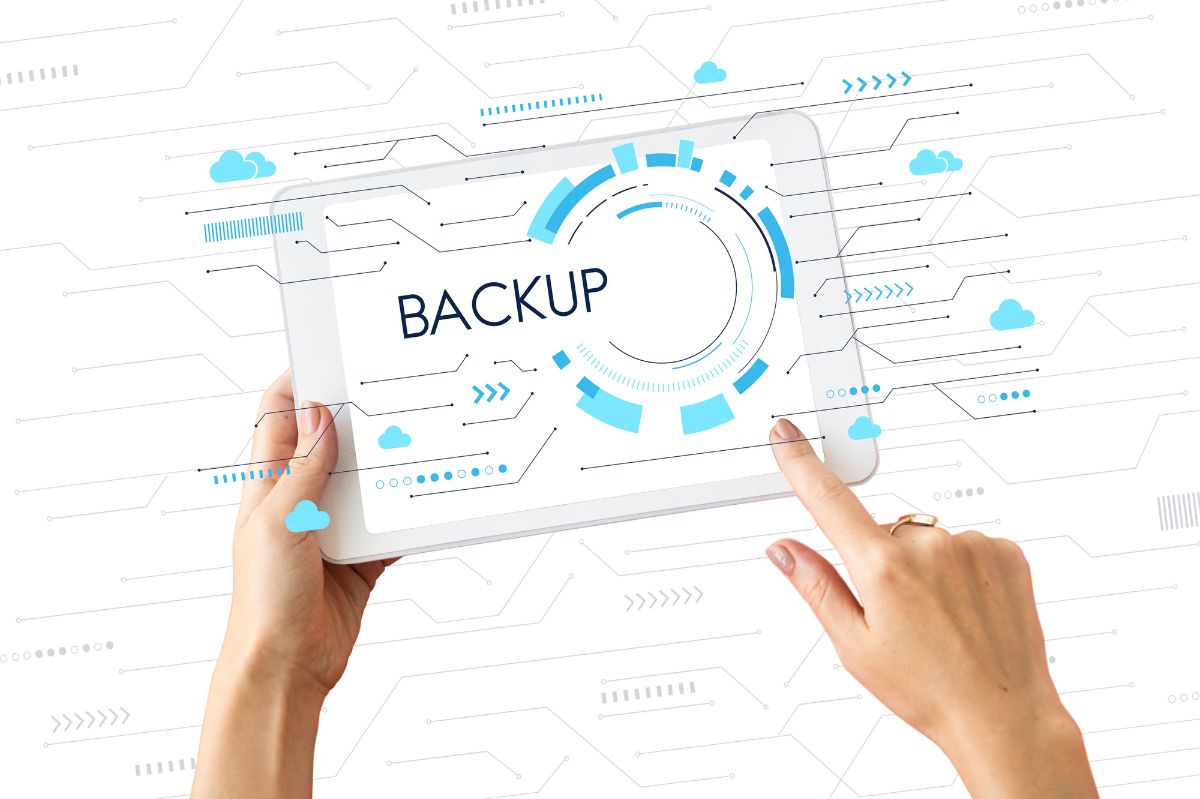Corporate data backup and recovery plans are increasingly decisive in modern digital organizations. However, the critical link in data security strategies is not the copy and retention operations but the ability to quickly restore lost or compromised information in the event of an accident.
Table of Contents
Business continuity: why you need to backup company data
In the age of digitization, data is the engine and most valuable asset of any business. In fact, protecting them means safeguarding competitiveness and the company’s very survival, guaranteeing the continuity of decision-making and operational processes, as well as regulatory compliance.
Today, business continuity is essential in satisfying an increasingly demanding market and keeping up with the fierce competition. Any service interruption not only generates unforeseen costs for the restoration of normality and determines a loss of turnover (for example, the unavailability of an e-shop prevents the user from concluding a transaction) but can compromise the company’s reputation and undermine customer retention processes.
Furthermore, not having access to information, even if only temporarily, means slowing down business decision-making activities, which today are increasingly based on big data processing and analytical applications. The company’s ability to react and be proactive in the face of sudden changes in the market is thus compromised.
RTO and RPO, decisive factors in corporate data backup strategies
How to build an effective corporate data backup strategy that allows business continuity according to business needs?
First of all, it is necessary to understand the tolerance of each application to service interruptions and data loss, estimating two fundamental parameters: RTO (Recovery Time Objective) and RPO (Recovery Point Objective).
The RTO refers to the maximum time limit within which the blocking of an application does not cause significant damage to the company (for example, it allows one to calculate how many hours company e-mail can be down before jeopardizing business opportunities ). The RPO, on the other hand, determines the permissible data loss for an application to continue to perform its function; from here, the frequency of backups is calculated (for example, critical systems that manage financial transactions need a backup of company data with short times because each piece of information is fundamental).
Enterprise backup strategies thanks to RTO and RPO
Understanding these two parameters allows you to calibrate backup strategies to be truly effective and aligned with business needs, ensuring efficient data recovery and application availability.
Corporate data backup, how to reduce recovery times
Therefore, we must ask ourselves how to speed up data recovery times to meet the company’s business continuity needs.
Backup options must be decided selectively, depending on the type of data and applications, to balance copy speed and recovery with company budgets. The first rule is to choose the right backup technologies based on the set RTO goals. For example, NAS equipped with SATA disks can be used for applications that can afford extended downtimes. At the same time, if the data must be able to be recovered in a few hours or even minutes, devices equipped with high-speed disks connected to the network must be equipped corporate at least 1Gb.
Beyond corporate data backup: disaster recovery
If applications and data are mission-critical, it is not enough to create an efficient backup infrastructure but the investment will have to be completed with a disaster recovery infrastructure that can also use cloud resources as needed. It is, therefore, essential to define the set of procedures for dealing with emergencies within an organic, structured, and updated plan. The strategies adopted should be tested to prove their effectiveness and constantly re-calibrated based on experience, with a view to continuous improvement.
The right partner for business data backup
Finally, the contribution of an expert and reference partner in the field of backup and recovery should be considered; they can offer the right technologies and guide the company in setting up the correct strategies. Starting from the assessment, the supplier helps define RTO and RPO objectives, designing heterogeneous and integrated backup systems (for example, recommending the right mix of on-premise and cloud solutions), and defining recovery procedures. Therefore, companies can count on skills they often need help with at home, building truly effective business continuity and disaster recovery systems and plans.
Also Read : Data Storage: How To Protect Business Continuity







